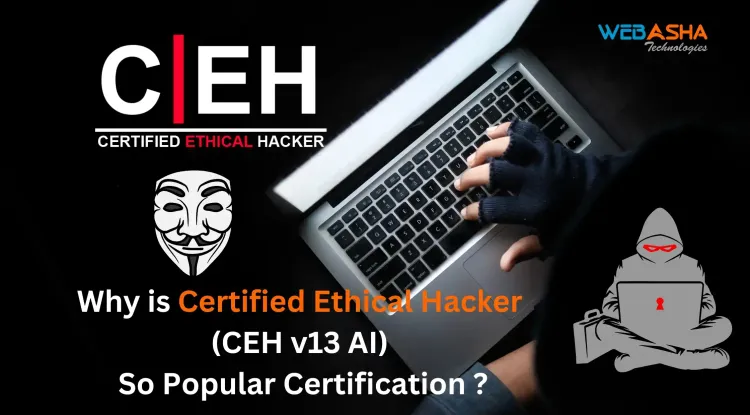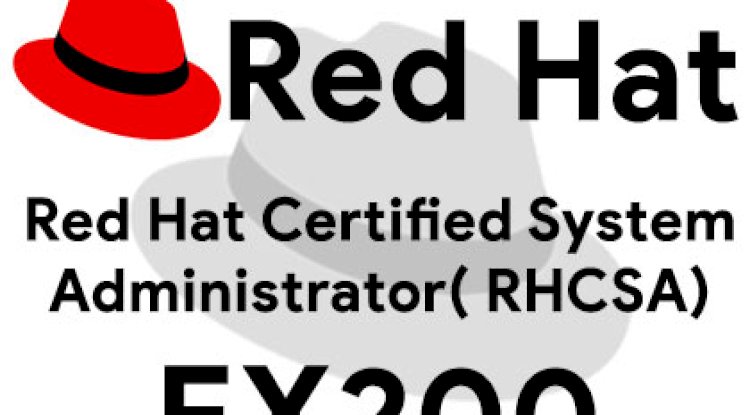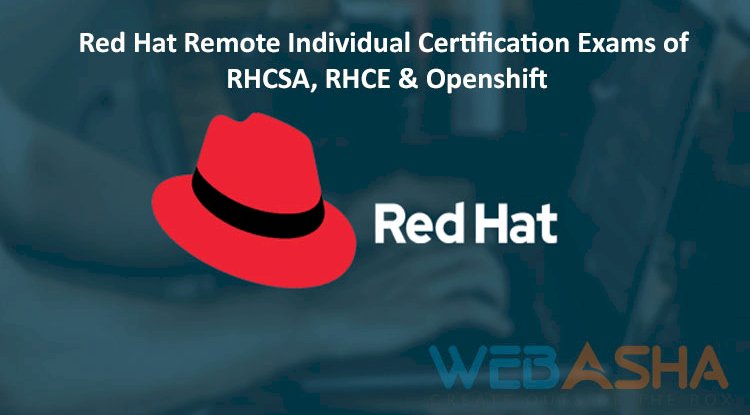How to Build an Ethical Hacking Portfolio Without Experience | A Step-by-Step Guide for Beginners
Breaking into ethical hacking without prior work experience can be challenging, but building a strong portfolio can showcase your skills and make you stand out in the cybersecurity industry. A well-crafted ethical hacking portfolio should include CTF write-ups, bug bounty reports, personal security projects, open-source contributions, cybersecurity blogs, and certifications. To start, learn the fundamentals of cybersecurity, set up a home lab, and participate in Capture The Flag (CTF) challenges to gain practical experience. Engaging in bug bounty programs helps demonstrate real-world penetration testing skills, while contributing to open-source security projects adds credibility. You can also start a cybersecurity blog or YouTube channel to showcase your expertise. Certifications such as CompTIA Security+, CEH, and OSCP can enhance your portfolio, and creating a professional portfolio website will make it easier for recruiters to view your work. By following these steps, you can dev

Table of Contents
- Introduction
- Why Is an Ethical Hacking Portfolio Important?
- How to Build an Ethical Hacking Portfolio Without Experience?
- Conclusion
- FAQ
Introduction
Breaking into the ethical hacking industry without prior experience can seem daunting. However, building a strong portfolio showcasing your skills, projects, and cybersecurity knowledge can make you stand out to employers and clients. A well-crafted ethical hacking portfolio demonstrates your practical skills, even if you don’t have formal work experience.
In this guide, we'll explore step-by-step strategies to build an ethical hacking portfolio, even if you're just starting. You'll learn how to work on real-world cybersecurity projects, participate in bug bounty programs, contribute to open-source security projects, and create an engaging portfolio that attracts job opportunities.
Why Is an Ethical Hacking Portfolio Important?
A portfolio is a collection of your projects, research, certifications, and practical experience that proves your expertise in ethical hacking. Here’s why a strong portfolio matters:
- Demonstrates practical skills beyond just certifications.
- Helps you stand out when applying for ethical hacking jobs.
- Provides proof of work to potential employers or clients.
- Increases credibility in the cybersecurity community.
- Helps in networking with industry professionals.
How to Build an Ethical Hacking Portfolio Without Experience?
1. Learn the Fundamentals of Ethical Hacking
Before building a portfolio, it's essential to have basic cybersecurity knowledge. Learn:
- Networking concepts (TCP/IP, DNS, VPNs, Firewalls)
- Operating systems (Linux, Windows, macOS security)
- Common vulnerabilities (OWASP Top 10, CVEs)
- Penetration testing methodology
- Scripting and automation (Python, Bash, PowerShell)
Use free resources like:
- TryHackMe – Hands-on cybersecurity labs
- Hack The Box – Practical hacking challenges
- OWASP – Web application security guides
- Cybrary – Free cybersecurity courses
2. Set Up a Home Lab for Practical Experience
Since experience is key, create a home lab to practice ethical hacking legally. You can use:
- VirtualBox/VMware – To run different operating systems
- Kali Linux – The go-to OS for penetration testing
- Metasploitable – A vulnerable machine for security testing
- DVWA (Damn Vulnerable Web App) – For learning web security
- Burp Suite, Nmap, Wireshark – Essential cybersecurity tools
This hands-on practice will help you document your findings and projects in your portfolio.
3. Participate in Capture The Flag (CTF) Challenges
CTF competitions help you gain real-world problem-solving skills. Some popular platforms to practice include:
- CTFtime.org – List of global CTF events
- OverTheWire – Beginner-friendly security wargames
- PicoCTF – A great platform for learning security concepts
Document your CTF write-ups (how you solved challenges) and include them in your portfolio to demonstrate your problem-solving skills.
4. Join Bug Bounty Programs
Bug bounties are a great way to gain hands-on experience in cybersecurity. Platforms like:
- HackerOne
- Bugcrowd
- Intigriti
Allow you to test real-world applications for security vulnerabilities. Even if you don’t find a major bug, documenting your methodology shows your analytical thinking and persistence.
5. Contribute to Open-Source Security Projects
Many open-source security projects welcome contributions from beginners. Some great ways to contribute:
- Fix security vulnerabilities in GitHub projects.
- Develop security scripts/tools and share them on GitHub.
- Improve cybersecurity documentation for tools like Nmap or Metasploit.
6. Start a Cybersecurity Blog or YouTube Channel
Sharing your knowledge and projects through a blog or YouTube channel establishes credibility. You can:
- Write step-by-step guides on ethical hacking topics.
- Post CTF write-ups explaining how you solved challenges.
- Share insights on recent cybersecurity news and trends.
Platforms like Medium, GitHub Pages, and WordPress are great for blogging.
7. Create and Showcase Personal Security Projects
Work on personal cybersecurity projects such as:
- Building a custom security tool (e.g., a port scanner in Python).
- Developing an automated vulnerability scanner.
- Setting up a honeypot to study cyber attacks.
Document your findings, source code, and methodology and add them to your portfolio.
8. Get Certified in Ethical Hacking
Even without work experience, certifications can validate your skills. Consider:
- CompTIA Security+ (Beginner-friendly)
- Certified Ethical Hacker (CEH) (Industry-recognized)
- Offensive Security Certified Professional (OSCP) (Hands-on)
Include certifications in your portfolio to show credibility.
9. Build and Share Your Portfolio Online
Once you’ve gathered enough projects, create a professional portfolio website. Include:
- About Me – Your background and skills.
- Projects – Case studies, CTF write-ups, bug bounty reports.
- Certifications – Ethical hacking certifications you’ve earned.
- Contact Information – Email, LinkedIn, or GitHub profile.
Use GitHub Pages, WordPress, or a simple HTML/CSS website to showcase your work.
Conclusion
Building an ethical hacking portfolio without experience requires effort, but it's possible by focusing on self-learning, practical projects, and real-world cybersecurity engagements. Even without a formal job, your portfolio can demonstrate your skills, attract job opportunities, and set you apart in the cybersecurity industry.
By learning, practicing, contributing to open-source, and documenting your journey, you can create an impressive ethical hacking portfolio and kickstart your cybersecurity career.
FAQs
What is an ethical hacking portfolio?
An ethical hacking portfolio is a collection of projects, reports, certifications, and research that demonstrate your cybersecurity skills and practical experience.
Why is a portfolio important for ethical hackers?
A portfolio proves your hands-on experience, problem-solving abilities, and technical knowledge, even if you don’t have formal work experience.
How do I start building an ethical hacking portfolio from scratch?
Begin by learning ethical hacking fundamentals, working on personal projects, participating in CTFs, and documenting your work.
What are the essential skills required for an ethical hacking portfolio?
Networking, operating systems, penetration testing, scripting (Python, Bash), web security, and vulnerability analysis are crucial skills.
Do I need a degree to build an ethical hacking portfolio?
No, but self-learning, certifications, and practical experience can make up for the lack of a degree.
Which websites offer hands-on ethical hacking practice?
TryHackMe, Hack The Box, OverTheWire, CTFtime, and PentesterLab provide excellent hands-on experience.
How can I gain practical experience without a job?
Set up a home lab, participate in CTFs, do bug bounties, contribute to open-source projects, and write security blogs.
What are Capture The Flag (CTF) challenges, and how do they help?
CTFs are cybersecurity competitions that test your hacking skills. They help you gain experience, improve problem-solving, and demonstrate expertise.
Where can I find beginner-friendly CTF platforms?
PicoCTF, OverTheWire, Hack The Box (Easy labs), TryHackMe, and Root Me are beginner-friendly platforms.
How can I showcase my CTF challenges in my portfolio?
Document your CTF write-ups and share them on GitHub, Medium, or your personal website.
What is bug bounty hunting, and how does it help my portfolio?
Bug bounty hunting involves finding security vulnerabilities in real-world applications. It adds credibility and real-world experience to your portfolio.
Which platforms offer bug bounty programs?
HackerOne, Bugcrowd, Intigriti, Synack, and Open Bug Bounty offer real-world bug bounty opportunities.
How can I contribute to open-source security projects?
Fix security vulnerabilities, write cybersecurity documentation, develop security tools, and contribute on GitHub.
Should I start a cybersecurity blog or YouTube channel?
Yes, sharing guides, tutorials, CTF write-ups, and cybersecurity insights increases your credibility and online presence.
What topics should I cover in my cybersecurity blog?
Write about penetration testing techniques, ethical hacking tools, security vulnerabilities, and industry trends.
Which certifications should I get to enhance my ethical hacking portfolio?
CompTIA Security+, CEH, OSCP, CISSP, eJPT, and PNPT are great options.
Do certifications replace real-world experience in my portfolio?
No, but they validate your knowledge and complement practical experience.
How do I build an ethical hacking home lab?
Use VirtualBox/VMware, Kali Linux, Metasploitable, and vulnerable web apps like DVWA to practice penetration testing.
Which cybersecurity tools should I learn for my portfolio?
Nmap, Wireshark, Metasploit, Burp Suite, Sqlmap, Hydra, John the Ripper, and Nikto are essential tools.
Can I add self-made ethical hacking tools to my portfolio?
Yes, creating custom security tools in Python, Bash, or PowerShell demonstrates programming and automation skills.
How do I organize my ethical hacking portfolio?
Include an About Me section, projects, certifications, reports, CTF write-ups, and contact details in an easy-to-navigate format.
Which platform should I use to host my ethical hacking portfolio?
GitHub Pages, WordPress, Medium, LinkedIn, or a personal website (HTML/CSS) are great options.
Should I include a resume in my ethical hacking portfolio?
Yes, a cybersecurity resume with skills, certifications, and projects strengthens your portfolio.
What kind of personal projects should I include?
Penetration testing case studies, security research, open-source contributions, automation scripts, and malware analysis reports are valuable.
How can I get noticed by recruiters with my ethical hacking portfolio?
Share your portfolio on LinkedIn, GitHub, cybersecurity forums, and job portals.
Can I get an ethical hacking job with only a portfolio and no experience?
Yes, if your portfolio demonstrates real skills, practical projects, and cybersecurity expertise, recruiters may hire you even without job experience.
How can I continuously improve my ethical hacking portfolio?
Keep learning, participating in CTFs, updating projects, contributing to security research, and adding new certifications.
What mistakes should I avoid when building an ethical hacking portfolio?
Plagiarizing work, using illegal hacking techniques, lacking documentation, and not updating projects regularly can hurt your credibility.
How long does it take to build a strong ethical hacking portfolio?
It depends on your learning pace, but 6-12 months of consistent effort can create a competitive portfolio.
What should I do after building my ethical hacking portfolio?
Start applying for jobs, networking with professionals, contributing to security research, and continuously improving your skills.



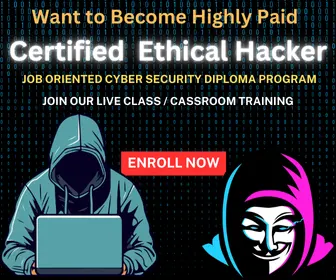






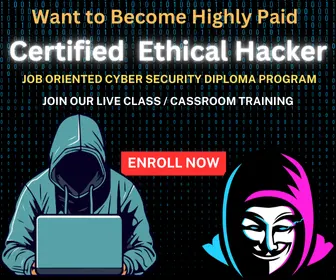
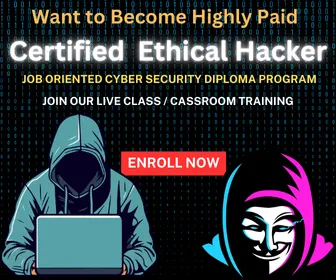
![Top 10 Ethical Hackers in the World [2025]](https://www.webasha.com/blog/uploads/images/202408/image_100x75_66c2f983c207b.webp)

![[2025] Top 100+ VAPT Interview Questions and Answers](https://www.webasha.com/blog/uploads/images/image_100x75_6512b1e4b64f7.jpg)


